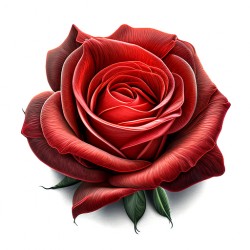Your shopping cart is empty!
MENU

Flowers are beautiful and often overlooked aspects of nature. They come in a wide variety of shapes, sizes, and colors, and each species has its own unique character. Not only are they aesthetically pleasing, but flowers are also incredibly important for the ecosystem, providing food for animals, aiding in pollination, and helping to cycle nutrients and water throughout their environments.
Flowers come in all shapes and sizes, from the most delicate, petite blooms to the grandest and most vibrant blooms. Depending on the climate, each species of flower has a unique growth pattern, with some blooming year-round in warmer climates, and others blooming only in the spring or summer. Each flower has its own set of needs regarding soil, sunlight, and water and it is important to care for them correctly to ensure their health and well-being.
For many people, flowers offer emotional and spiritual benefits. They can be used as a form of therapy and can help to reduce stress and promote positive feelings. Flowers can also be used for decorative purposes and can brighten up any space or room. Even the act of planting flowers can be beneficial and provide a sense of accomplishment.
In addition to their beauty and emotional benefits, flowers can also provide ecological benefits. They are important sources of food for many animals and their blooms aid in the pollination of other plants. By providing food and aiding with pollination, flowers help to create a thriving ecosystem in their environment.
Flowers are a wonderful part of nature, and they can bring a sense of beauty and peace to any space. They can also provide emotional, spiritual, and ecological benefits, making them an essential part of any garden. With the right care, flowers can provide many years of beauty and enjoyment.